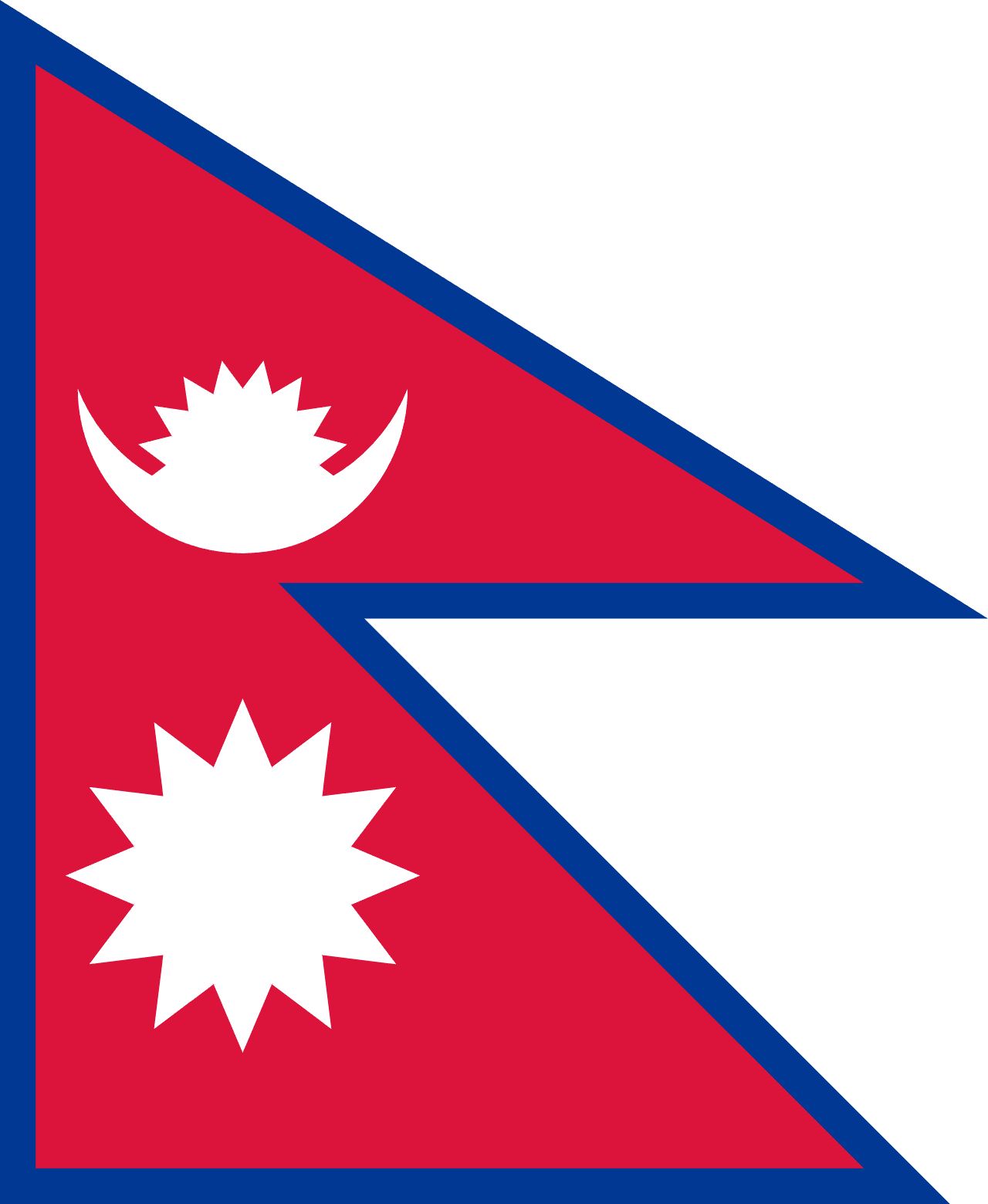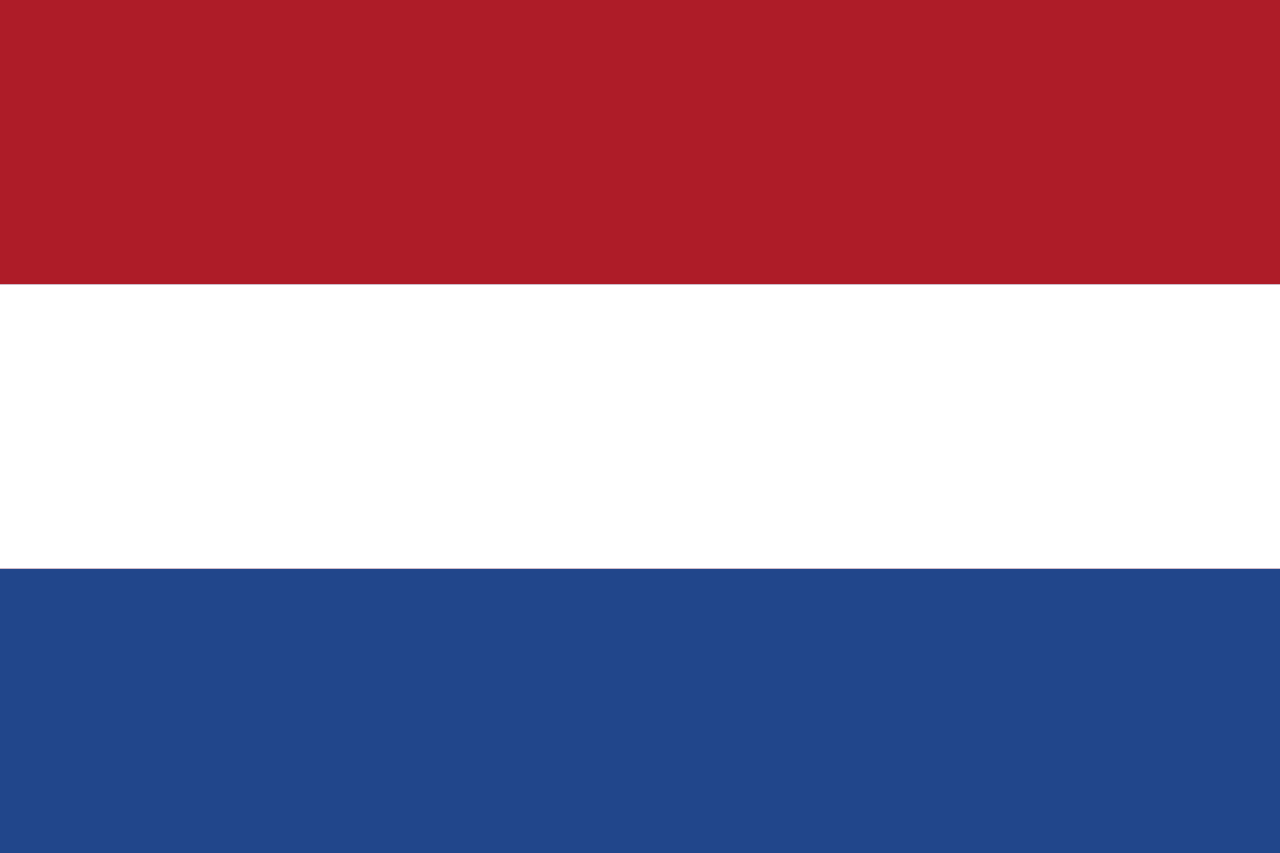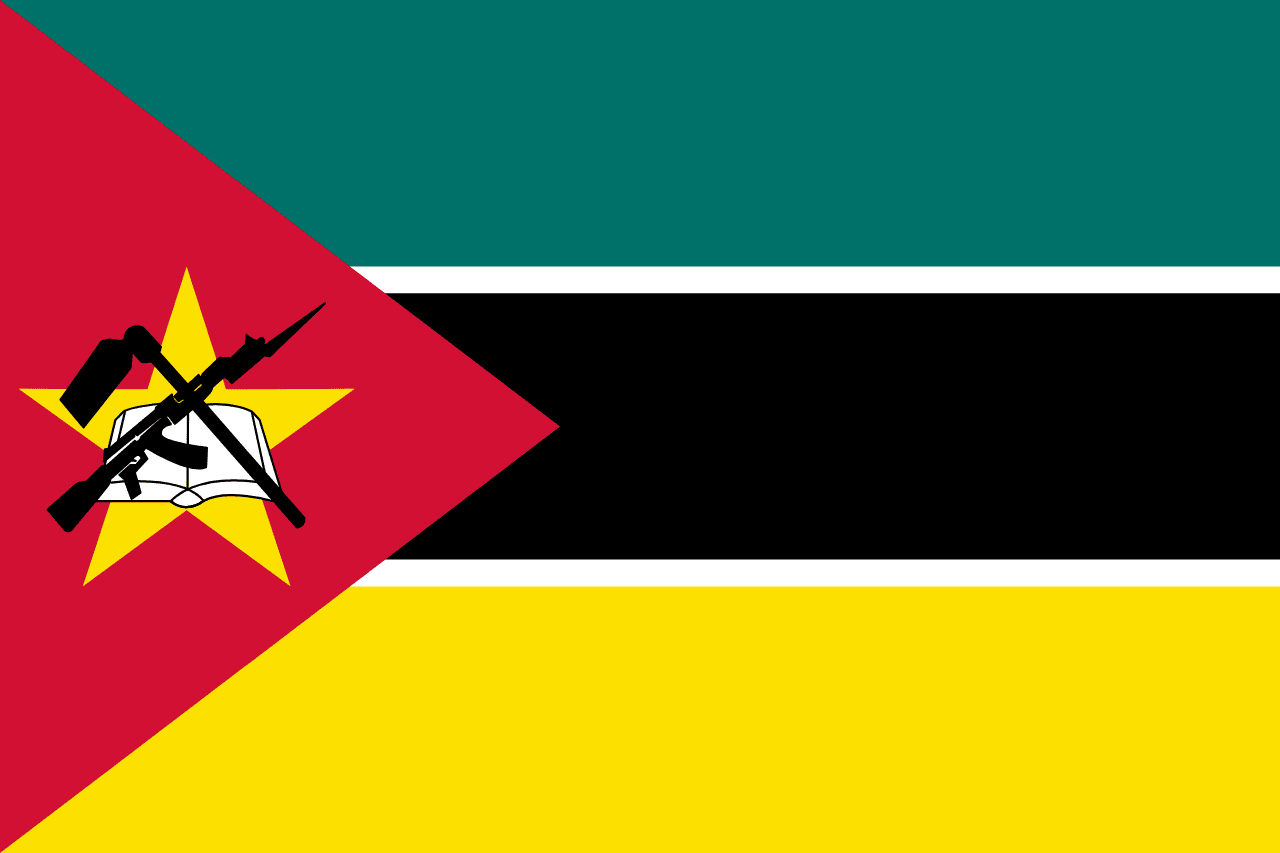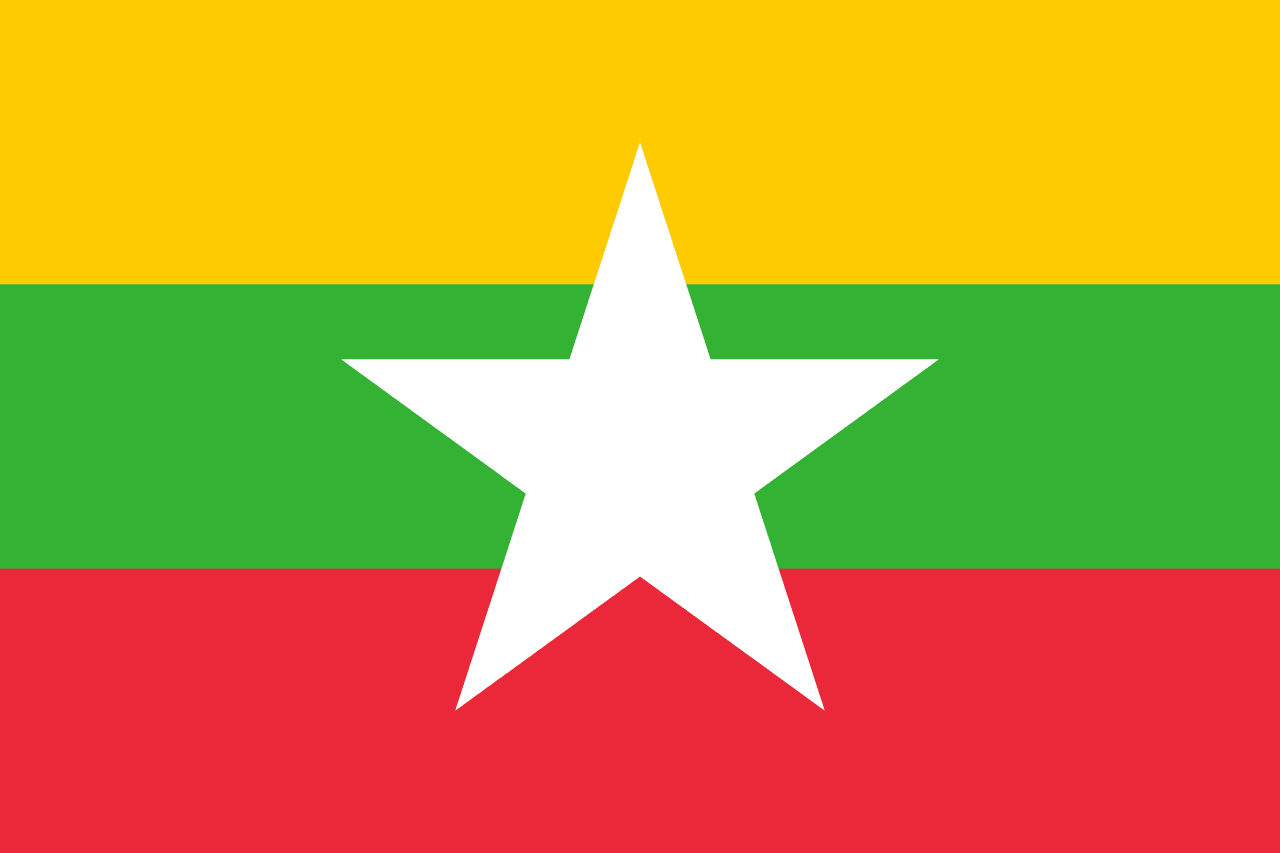The flag of Nauru is a distinctive and meaningful design that represents this small island nation in the Central Pacific. It features a deep blue field bisected by a thin yellow horizontal stripe, with a large white 12-pointed star positioned in the lower hoist quadrant. This unique combination of elements reflects Nauru's geographical location, cultural heritage, and national identity.
Nauru information
| National Flag Day | January 31 |
| Sovereign state | Yes |
| Official name | Republic of Nauru |
| Capital | Yaren |
| Population | 11,000 |
| Area | 21 km² |
| Currency | Australian dollar (AUD) |
| Language | Nauruan, English |
| Continent | Oceania |
| Region | Micronesia |
| Subregion | — |
| Borders | — |
| Timezone | UTC+12 |
| Calling code | +674 |
| Top-level domain | .nr |
History of the Nauruan flag
 Nauru's flag was officially adopted on January 31, 1968, coinciding with the country's independence from joint administration by Australia, New Zealand, and the United Kingdom. The design was created by a local artist and was chosen to represent Nauru's newfound sovereignty and its place in the world. It has remained unchanged since its adoption, serving as a constant symbol of Nauruan identity through periods of economic boom and challenges.
Nauru's flag was officially adopted on January 31, 1968, coinciding with the country's independence from joint administration by Australia, New Zealand, and the United Kingdom. The design was created by a local artist and was chosen to represent Nauru's newfound sovereignty and its place in the world. It has remained unchanged since its adoption, serving as a constant symbol of Nauruan identity through periods of economic boom and challenges.
Symbolism and design of the Nauruan flag
Each element of the Nauruan flag carries deep symbolic meaning:
- The blue field represents the Pacific Ocean, which surrounds the island and plays a crucial role in Nauruan life and culture.
- The thin yellow stripe symbolizes the Equator, highlighting Nauru's geographical location just south of this global line.
- The large white 12-pointed star has dual significance:
- It represents the island's location on the globe.
- Each point of the star stands for one of the 12 original tribes of Nauru, symbolizing the unity of the Nauruan people.
Usage and significance of the Nauruan flag
 The flag of Nauru is a central symbol of national identity and sovereignty. It is flown on government buildings, schools, and public spaces across the small island. During national celebrations, such as Independence Day on January 31, the flag is prominently displayed and plays a key role in festivities. In international settings, the flag represents Nauru at diplomatic events, United Nations gatherings, and regional Pacific forums. For Nauruans, the flag serves as a reminder of their unique culture, history of independence, and shared identity as islanders in the vast Pacific.
The flag of Nauru is a central symbol of national identity and sovereignty. It is flown on government buildings, schools, and public spaces across the small island. During national celebrations, such as Independence Day on January 31, the flag is prominently displayed and plays a key role in festivities. In international settings, the flag represents Nauru at diplomatic events, United Nations gatherings, and regional Pacific forums. For Nauruans, the flag serves as a reminder of their unique culture, history of independence, and shared identity as islanders in the vast Pacific.
Interesting facts about the Nauruan flag
- Nauru is one of the world's smallest independent nations, with a land area of just 21 square kilometers, making its flag a symbol of small state sovereignty.
- The 12-pointed star on Nauru's flag is unique among national flags, setting it apart visually on the global stage.
- Despite Nauru's small size, its flag has flown at Olympic Games, as the country has participated in several Summer Olympics since 1996.
- The flag's design reflects Nauru's phosphate mining history, which once made it one of the richest countries per capita but also led to environmental challenges.
- The simplicity of the flag's design makes it easily recognizable, an important factor for a small nation seeking to maintain its global presence.





